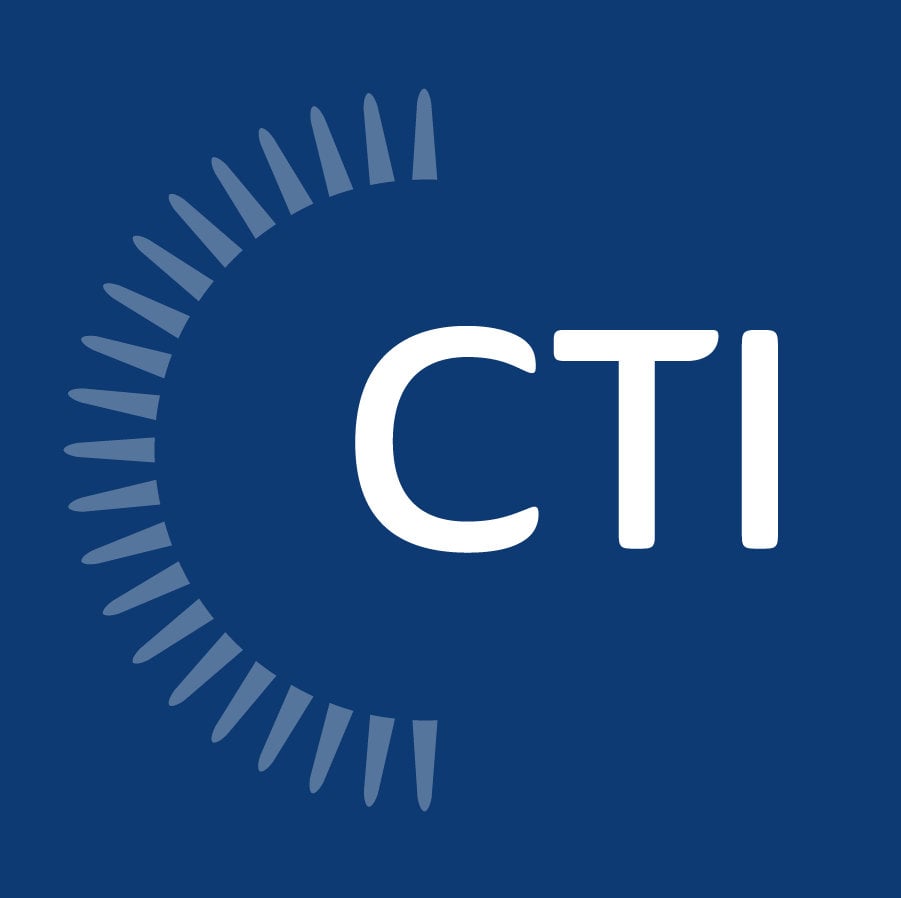 “It's not the size of the dog in the fight, it's the size of the fight in the dog.”
“It's not the size of the dog in the fight, it's the size of the fight in the dog.”
Mark Twain, the great American writer, humorist, entrepreneur, publisher, and lecturer, is credited with authoring this wise quote. The quote speaks to tenacity, perseverance, and resilience, and how these qualities are not a matter of size, but rather attitude.
Whether pharmaceutical, medical device, or biotech, small life science startups experience ambitious travails before product market release - high-risk ventures, many years of research and development, and intensive cash-burning. For all this, a disproportionate amount of ‘fight in the dog’ is requisite for success.
Dog Days of Development
In the fight for success, startup life science companies must endure the life cycle of new product development, which typically consists of five stages: drug discovery and lab research, preclinical testing, clinical trials, precommercialization, and commercialization.
Learn More: Does Your Startup Know the Power of the R&D Payroll Offset? |
The first three of these segments take an average of 13.5 years to complete and consume $332.5 million.1 And after all that time and money, the product is still far from making it to market, and profitability is still years away.
Biotech companies are incredibly susceptible to the effects of a protracted development cycle because they tend to be small, with only one to a few compounds in development. In contrast, pharmaceutical companies generally have more product lines producing revenue, which helps to recover at least some of the R&D costs.2
Like a dog that won’t leave your side, losses usually follow a life science startup for many years. And investors of these burgeoning businesses must have an appetite for risk due to the potential volatility that may occur as clinical trials unfold.3
With only an estimated 8% of startup life science companies successfully making it from the drug discovery phase to the commercialization phase,4 a dogged attitude of tenacity, perseverance, and resilience isn’t always enough.
Give a Dog a Bone
New businesses are vital to a healthy economy. With the rapid pace at which life sciences and technology has advanced over recent decades, governments are motivated to incentivize private industry to produce research and development (R&D) that can improve the economic interests of their countries.
Here in the U.S., when it comes to boosting research and development’s innovation and productivity, one of the most powerful tools at the federal government’s disposal is the Credit for Increasing Research Activities (R&D tax credit).
The U.S. government established this tax incentive to help innovative organizations recover research expenses, which businesses could then reinvest into further research and development (R&D) or other critical areas. It does this by offsetting a company’s income tax liability through tax credits granted for qualifying R&D activities.
So, how does this benefit a life science pup that conducts its most intense research during the early loss years and is far from holding an income tax liability to offset?
The federal government recognized the doghouse that startups were in, and with the PATH Act of 2015, startup businesses without an income tax liability and gross receipts less than $5 million for the taxable year can apply R&D credits to offset a portion of their federal payroll tax. The maximum benefit stands at $250,000.
The R&D payroll offset is a massive bonus for small life science startups, especially because they usually sit in losses for a while. As long as they are still paying employees, the companies will have an employer payroll tax liability against which to claim the credit.
Startup’s Best Friend
Small life science companies still in the lean puppy years need to pursue every available opportunity to strengthen their bottom line and bolster success. Payroll tax relief through the R&D credit is the perfect doggy treat for reclaiming revenue that you can reinvest where needed most.
However, like attempting to separate a dog from his bone, claiming R&D tax credits and the payroll offset is not without its challenges and complexities. Consulting a tax specialist who is well-versed in the R&D territory can help you navigate the intricacies and unknowns of this valuable benefit.
1. How to Improve R&D Productivity: The Pharmaceutical Industry's Grand Challenge, Nature Reviews/Drug Discovery, March 2010
2,3. Pharmaceutical Vs. Biotech Investing: Is It Worth The Risk?, Investopedia, Feb 2014
4. A Billion Here, a Billion There: The Cost of Making a Drug Revisited, Forbes, November 2014



